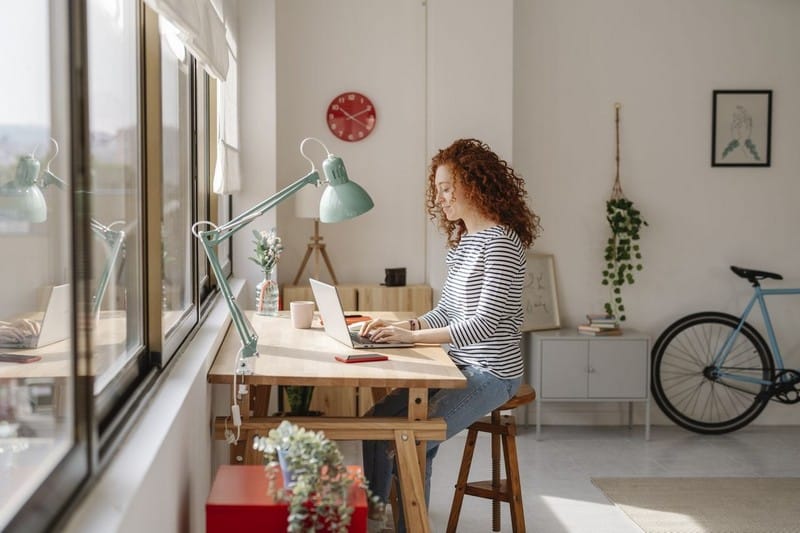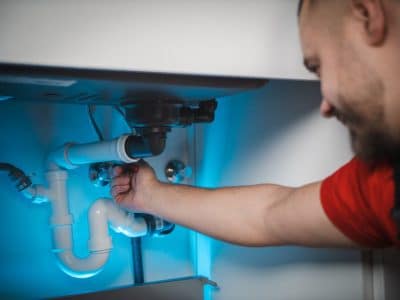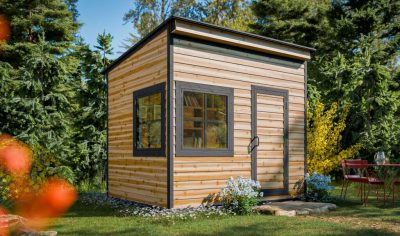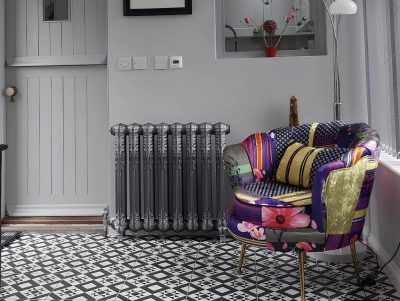
Designing your first home office is more than placing a desk and chair in a corner. It’s about creating a space that enhances focus, productivity, and comfort. Whether you’re working remotely full-time or part-time, a carefully planned setup can make a big difference in your work-life balance. Here’s a step-by-step guide to get started.
1. Choose the Right Location
The first step in designing your first home office is selecting the right location. Choose a space that provides privacy, quiet, and enough room for your essentials. Natural light will help you stay energized, while a distraction-free area supports productivity. If you don’t have a separate room, consider carving out a dedicated corner in your living room or bedroom. What matters most is creating clear boundaries between work and home life.
2. Invest in Ergonomic Furniture
A productive home office starts with an ergonomic workspace. The right chair and desk help prevent fatigue and improve posture. Select a quality chair with lumbar support, adjustable height, and cushioned seating. Pair it with a desk that fits your equipment and includes cable management for a clean look. If possible, add a height-adjustable desk so you can alternate between sitting and standing. These investments may feel small now but they protect your health and comfort in the long run.
3. Optimize Lighting and Organization
Lighting is crucial when designing your first home office. Blend natural daylight with ambient overhead lighting and a task lamp to reduce shadows and glare. Good lighting not only prevents eye strain but also improves concentration. Organization is equally important. Use shelves, baskets, or filing cabinets to keep papers and supplies in order. A clutter-free space reduces stress and helps you stay focused. Keep essentials close by while hiding cords and bulky devices to maintain a professional, tidy look.
4. Personalize for Comfort and Inspiration
Your home office should inspire you. Use color psychology to your advantage: blue promotes focus, green encourages calmness, and yellow sparks creativity. Add personal touches such as plants, artwork, or meaningful photos to boost your mood. Also, plan for video calls by creating a clean, professional background. When your workspace feels inviting, you’ll naturally be more motivated to spend time in it.
5. Integrate Technology and Plan for Flexibility
No guide to designing your first home office would be complete without addressing technology. Dual monitors can help with multitasking, while a comfortable keyboard, mouse, and noise-cancelling headphones make long workdays easier. Don’t forget about cable organizers and external storage to keep things running smoothly. Finally, plan for flexibility. Your work needs may change over time, so choose a layout and setup that can adapt—whether that means upgrading your internet speed, adding equipment, or rearranging furniture. A future-ready workspace ensures long-term productivity.
Final Thoughts
Designing your first home office isn’t just about style—it’s about building a space where productivity and comfort come together. By choosing the right location, investing in ergonomic furniture, optimizing lighting, staying organized, personalizing your setup, and planning for technology, you’ll create a workspace that grows with you. With a thoughtful approach, your home office becomes more than a place to work—it becomes a supportive environment where you can thrive every day.








